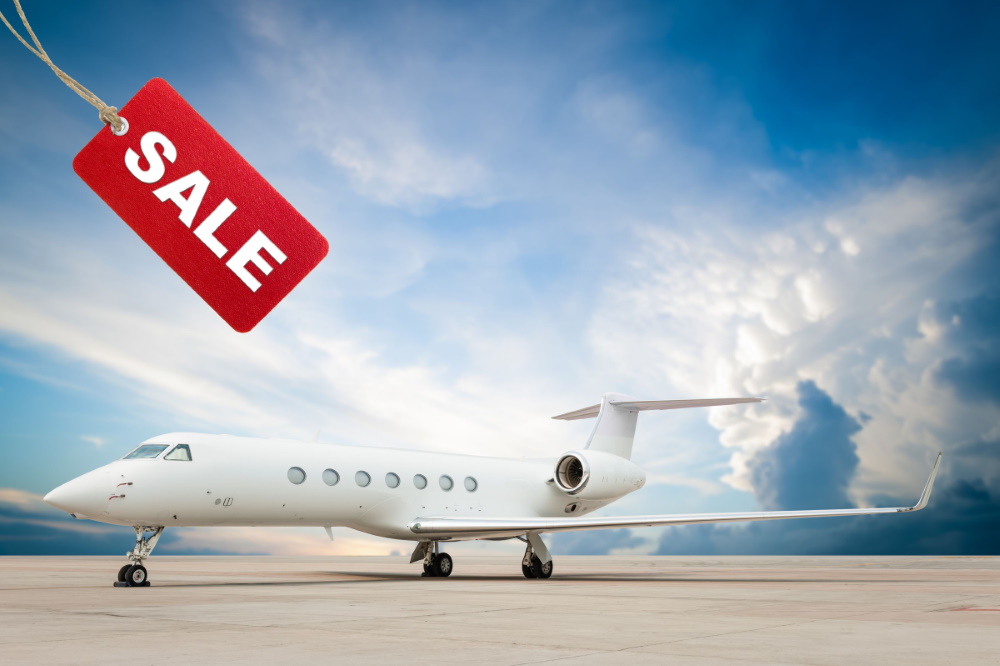
✈️ Key Considerations When Buying Your First Aircraft
Purchasing your first aircraft is a monumental decision that involves careful planning, research, and strategy. Whether you’re a private individual, a corporation, or an aviation operator, it’s essential to consider several factors to ensure you make the right choice. Here are the key considerations to guide you through the process of buying your first aircraft.
1. Determine Your Operational Needs
The first step in purchasing an aircraft is identifying your operational requirements. Different aircraft are suited to different missions, whether for personal use, business travel, or commercial operations. Consider:
Flight range: How far will you need to travel on a regular basis?
Passenger capacity: How many passengers will you typically carry?
Cargo space: Will you need to transport goods along with passengers?
Airport accessibility: Will you operate from small regional airports or major international hubs?
Understanding these needs will help you narrow down your options and choose an aircraft that meets your specific requirements.
2. New vs. Pre-Owned Aircraft
One of the most significant decisions is whether to buy a new or pre-owned aircraft. Each option has its pros and cons:
New aircraft: These come with the latest technology, greater reliability, and lower maintenance costs in the short term. However, they are typically more expensive.
Pre-owned aircraft: Purchasing a used aircraft can offer significant cost savings, but it may come with higher maintenance costs and more limited warranties. It’s crucial to get a thorough pre-purchase inspection to ensure you’re getting a reliable aircraft.
3. Budget and Financing
Understanding your budget is essential when buying an aircraft. Beyond the purchase price, consider additional costs such as:
Insurance: Aircraft insurance can be a significant expense depending on the type and value of the aircraft.
Maintenance and repairs: Regular maintenance, inspections, and repairs will add to your ongoing expenses.
Fuel costs: Different aircraft models consume varying amounts of fuel, which can have a long-term financial impact.
Financing options, such as loans, leasing, or partnerships, should also be evaluated. Many buyers choose to work with a financial advisor who specializes in aviation to structure the best financial deal.
4. Aircraft Performance and Maintenance History
A thorough maintenance history is critical when purchasing a pre-owned aircraft. Ensure the aircraft has been well-maintained, and ask for:
Logbooks: Review the aircraft’s full maintenance history.
Flight hours: Check the total hours the aircraft has flown, as this can affect its value and maintenance needs.
Service bulletins and repairs: Confirm whether all necessary updates and repairs have been performed.
If buying a new aircraft, check the manufacturer’s warranty and the expected lifespan of the aircraft to plan for future maintenance.
5. Regulatory Compliance and Certification
Ensure that the aircraft complies with all aviation regulations and holds the necessary certifications. This includes:
Type Certification: Confirm that the aircraft is certified by the relevant aviation authorities (e.g., the FAA in the U.S. or EASA in Europe).
Airworthiness Certificates: Verify that the aircraft is deemed airworthy by the relevant regulatory bodies.
Modifications: If the aircraft has undergone modifications, ensure they are documented and compliant with regulations.
6. Future Resale Value
Consider the aircraft’s resale value as part of your long-term planning. Aircraft are assets that can depreciate over time, but certain models hold their value better than others. Factors influencing resale value include:
Popularity of the model: Some aircraft have higher demand in the second-hand market.
Condition and maintenance: Well-maintained aircraft with a clean history tend to retain their value.
Upgrades: Aircraft with modern upgrades and avionics tend to have a higher resale value.
7. Work with Aviation Experts
The process of buying an aircraft can be complex, and working with aviation experts is invaluable. Consider partnering with:
Aircraft brokers: They can help you navigate the market, negotiate prices, and find the best deals.
Legal advisors: They ensure that contracts are sound and that the aircraft purchase complies with all legal requirements.
Maintenance specialists: They can help assess the aircraft’s condition and potential future maintenance needs.
8. Consider the Total Cost of Ownership
The total cost of ownership (TCO) includes not just the purchase price but also all operating and maintenance costs over the aircraft’s lifetime. This should be factored into your decision-making process. TCO considerations include:
Hangar storage: Secure hangar space for the aircraft.
Piloting costs: Whether you’ll need to hire a full-time pilot or outsource services.
Depreciation: Understand how quickly the aircraft will depreciate and how this affects the long-term value.
9. Environmental Considerations
As sustainability becomes more important in the aviation industry, consider the environmental impact of your aircraft. Newer, more fuel-efficient aircraft will not only help reduce your carbon footprint but also potentially offer lower operating costs due to reduced fuel consumption.
🚀 Conclusion
Buying your first aircraft is an exciting milestone, but it requires careful planning and informed decision-making. By considering your operational needs, budget, financing options, and long-term maintenance and resale value, you’ll be better equipped to choose the right aircraft for your goals.
At Eneico Aero, we provide expert guidance and end-to-end support throughout the aircraft purchasing process. Whether you’re a first-time buyer or an experienced operator, we’re here to help you make the right decision and navigate the complex world of aircraft ownership with confidence.
